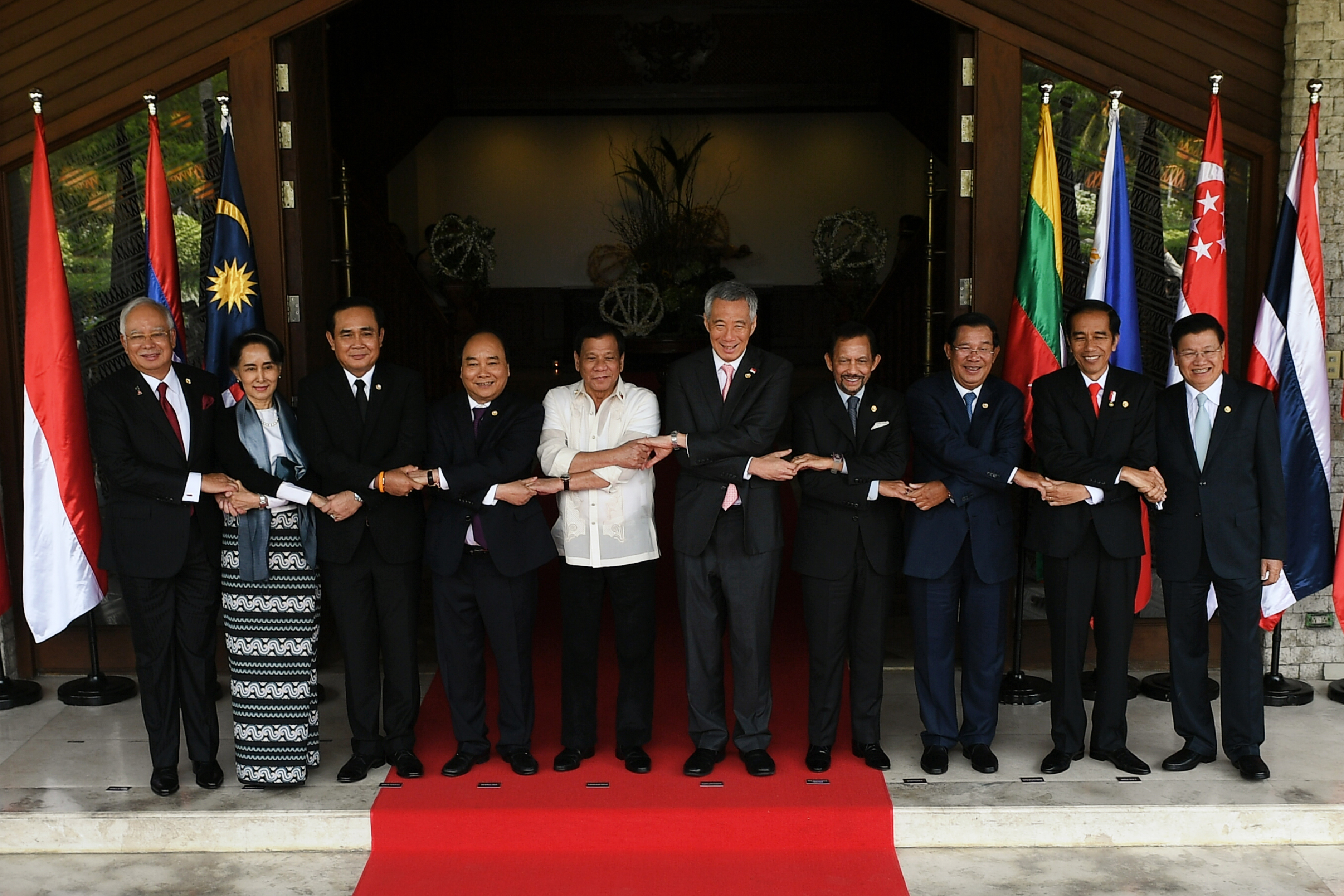Since its founding 50 years ago, the Southeast Asian Nations (ASEAN) has grown leaps and bound surpassing expectations and positioned itself as one of the leading economic community in the world. However, there are still many challenges that need to be addressed within the region through on-going cooperation among the members.
This includes addressing poverty level of its people, inclusion of innovation among its entrepreneurs, language barriers, pollution and education.
Poverty is still a major concern particularly among the remote population of the region. So, there is a growing need for education availability to these remote population to equip them with knowledge and skills.
With better education, they will be open to greater opportunities that can lead their community out of poverty. It will also be beneficial to the said community, if they are trained with special skills that will enable them to start-up their own small businesses.
Governments in the region have already been running various initiatives and opened up opportunities for skill studies. However, there is still need to expand the curriculum and impact a larger section of the community. Some parts of the ASEAN are still undeveloped and there is still a serious need to address it. Innovation will play a prominent role in transforming rural areas in ASEAN.
In light of this matter, the ASEAN nation should pay heed in providing indigenous innovations to transform their economy.
The economic development of ASEAN, which now has a population of 630 million people, has grown rapidly registered a strong pace of gross domestic product (GDP) at 4.8% in 2016. The GDP growth rate is also targeted at 4.8% in 2017 with positive trends observed across all ASEAN member states.
ASEAN has been one of the major beneficiaries among the developing countries for foreign direct investments. FDI inflows into ASEAN increased to US$96.72 billion in 2016, a rise of more than four folds, compared to US%23.54 billion in 1995.
Muhammad Sinatra, analyst (Foreign Policy and Security Studies) at the Institute of Strategic and International Studies said ASEAN faces many external challenges but the most pressing issue for ASEAN is to evolve itself into an organisation that can retain relevance in addressing the political, economic and social challenges facing the region today.
“We are entering the age where reservations are expressed towards regional groupings such as ASEAN due to their inability to bring about changes that people would want to see,” he told The ASEAN Post via email reply.
Should ASEAN fail to deliver concrete results in the future, it risks losing popular support that can sustain its existence, activities and significance.
While member states like Singapore has the potential, ASEAN Secretariat probably commands the highest level of neutrality among the rather fragmented members of ASEAN.
In such capacity, ASEAN Secretariat could press for more close discussions among ASEAN member states regarding the need for a certain degree of compromise on the non-interference principle, especially when it comes to addressing transnational threats that requires the full cooperation of all countries in ASEAN.
Muhammad Sinatra stressed that member states must revisit the notion of state sovereignty and non-interference that have hindered ASEAN to establish deeper cooperation on multiple areas.
Confidence building measures must be fostered among states in order to establish a viable atmosphere for member states to discuss sensitive issues such as sovereignty and non-interference.
A specific mechanism or institution that monitors and evaluate performance of each member state in each of the programme laid out by the three 2025 blueprints could ensure the attainment of agendas. Yet again, it will be hard to push the 10 states to comply with ASEAN’s agendas without a viable leadership in ASEAN.
